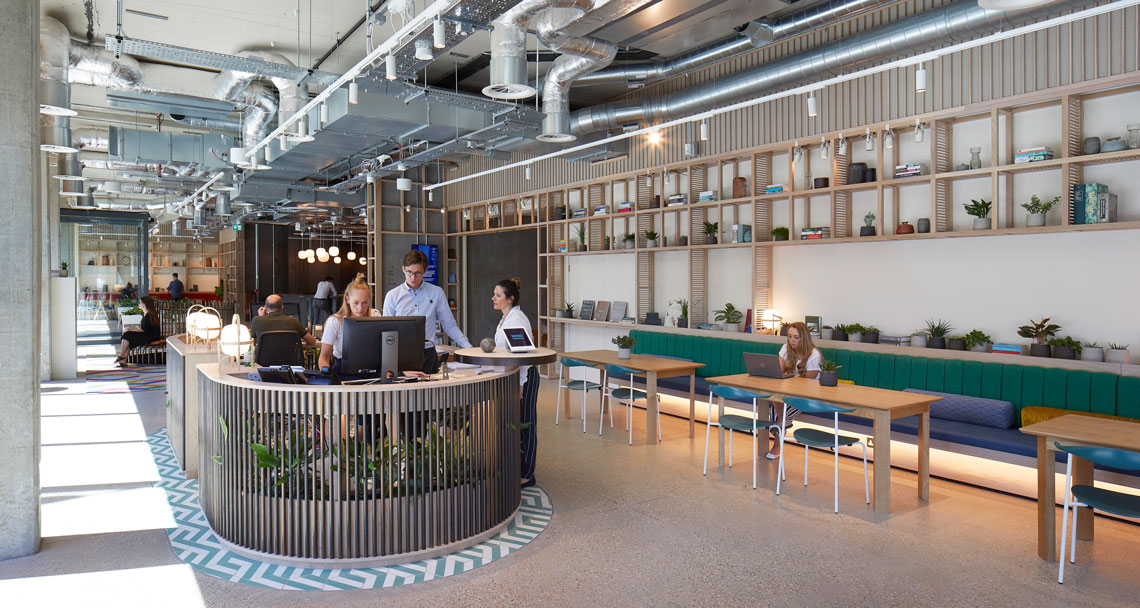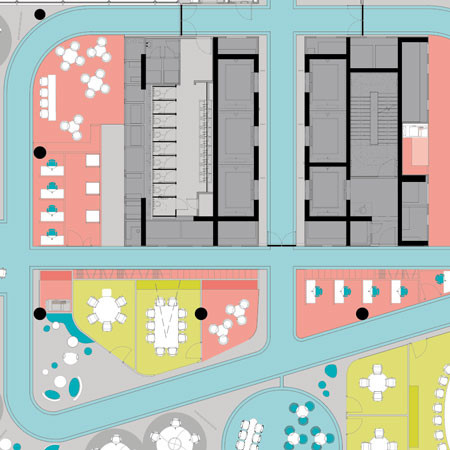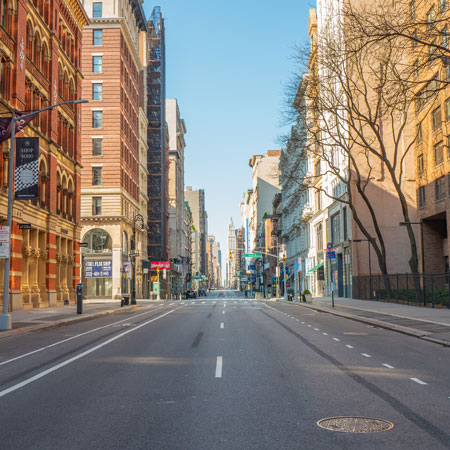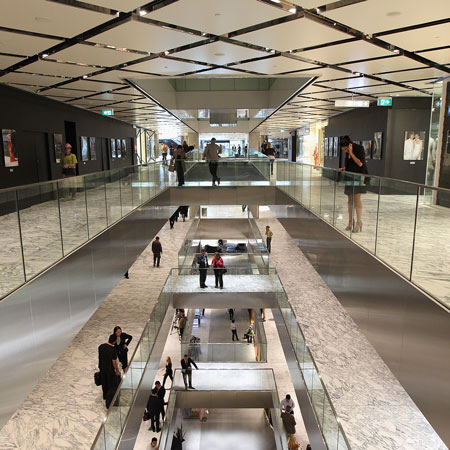Above: Fora, 180 Borough High Street, London
The global working landscape has changed dramatically since Covid-19 triggered the world’s largest work-from-home experiment. The short-term impact on the way people work has been huge, but the ripple effects will be evident for years, if not decades, to come.
Here, we examine how serviced offices and coworking spaces are piloting innovative ideas such as pay-as-you-go programmes or hub-and-spoke systems to cater for increased demand in flexible working.
Phase 1: the initial reaction
The onset and spread of Covid-19 had a sudden impact on many industries. In some ways, it had an immediate impact on the flexible office market and in other ways the effects were more gradual.
Despite the perception of flexible offices largely catering for monthly contracts, most memberships aren’t on a monthly basis. The average contract length that we secure for clients at Workthere is 12 months.
Therefore, while coworking activity essentially fell to zero, overall contract occupancy was supported by those longer membership agreements. In April, flexible office providers expected occupancy to be at 71% at the end of May, compared with 83% pre-Covid. Expectations for June occupancy, when we ran our May survey, were similar at 69%, underlining the continued confidence in this element of the sector.
Even if workers were not physically going to the office, which was the case in a number of countries, companies were still obliged to pay their monthly membership fee. However, in practice, for obvious reasons, it did not work out like this.
In April, we ran our first flexible office global sentiment survey and found that 31% of flexible office members had asked for rent relief, which providers granted on a case-by-case basis. During April, global enquiries fell to 20% of pre-Covid levels. The relationship between the landlord, flexible office operator and customer has always been important, but now it is crucial.
Phase 2: adjusting to the new normal
Serviced offices and coworking spaces were fast to respond to the pandemic, introducing new social distancing and cleaning methods. As lockdown was eased in various countries, workers gradually returned to their flexible offices. In July, our global sentiment survey showed that 40% of people had returned to their flexible offices, with enquiry levels picking up and more than doubling since the April lows – reaching 44% of normal levels.
Sentiment improved too, with 41% of flexible office operators optimistic about the prospects for the next three months in July, compared with only 25% in April. In addition, 79% of flexible office operators stated they were optimistic about the prospects for the sector over the next 12 months, compared with 64% in April.
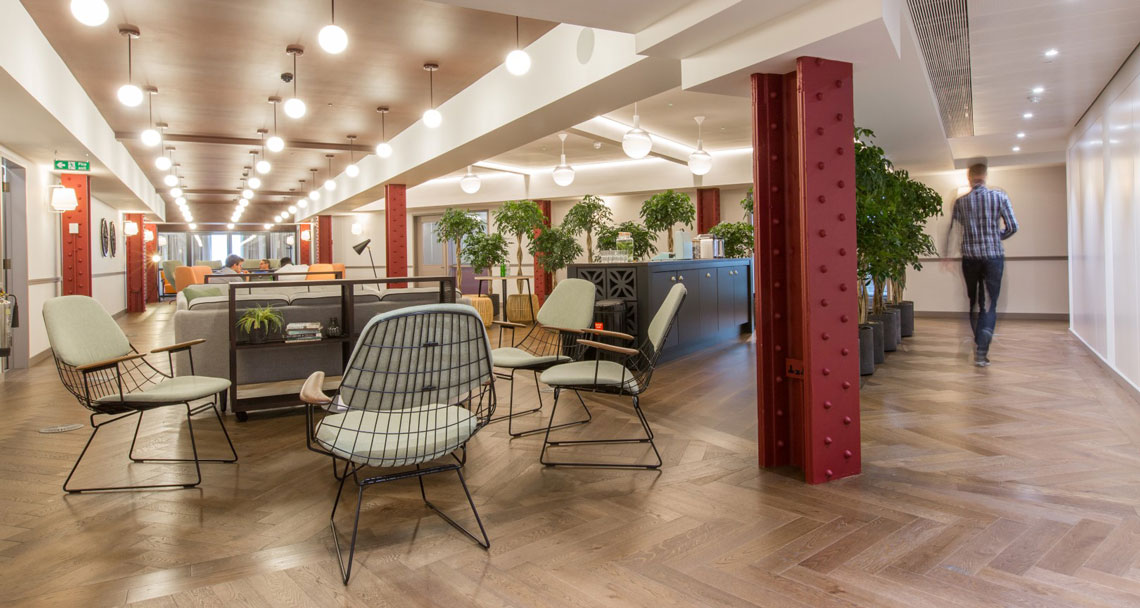
Above: The Office Group, Bloomsbury Building, London
Phase 3: innovation
The next stage, the one we find ourselves in, is all about innovation. The majority of flexible office operators have taken the steps needed to ensure their occupiers are safe, which, of course, is the priority in terms of customer satisfaction, confidence and retention. Now the disaster recovery initiatives have been implemented, management teams of flexible offices can focus on the longer term.
Flexible working has become more normal and accepted, but even serviced offices and coworking spaces will have to adapt. We have seen a number of flexible offices trialling new offerings in recent weeks. WeWork is piloting a pay-as-you-go programme in New York that allows non-members to book workspaces by the hour.
Other operators are starting to offer similar membership agreements with an even higher degree of flexibility. Convene has introduced a video meeting service that aims to recreate the feel of attending a conference. A Starbucks in Japan has introduced private booths where people can work for an additional fee per 15 minutes.
Phase 4: the future of flex
In the long term, we expect demand for flexible offices will only increase. During lockdown, employees have worked productively in different locations and people have enjoyed having more choice. However, we do not expect the workforce to simply work from home going forwards. Social interaction is a core human need and the office plays a key role in learning and development.
The office will be a part of the future working landscape, it will just be used in a different way to what we are used to. Some 89% of respondents to our Savills FiT survey believe that the office will remain a necessity. The same survey found that people would preferably spend two days a week working from home.
Given the clear move towards flexible working, how are serviced offices and coworking spaces going to cater for this increased demand? Quite simply, there will need to be more flexible offices. In particular, we expect to see higher demand for suburban and rural flexible offices as people work closer to home.
We are already seeing an increase in enquiries for offices that are part of the hub-and-spoke real estate strategies. Here, a company has one central office location (the hub) and a number of fringe offices (the spokes), and we see this as a long-term trend.
In addition, we expect flexible offices to replace some retail facilities, resulting in flexible offices becoming even more integrated into communities. Long-term structural change in retail has resulted in many large units within a town centre setting, often ex-department stores, becoming redundant or marginalised due to pitch shift, or a general declining need for retail space.
However, if the excess retail space can be converted to meet demand for other uses, there is an opportunity to revitalise the area, particularly as much of the urban fabric is in place. The flexible workspace model is already proving to sit well with retail, and having a range of amenities within easy reach, such as public transport, parking, shops, restaurants and entertainment facilities, they are often a magnet for office workers.
Covid-19 has been a shock for the flexible office market and the coming months will be challenging. But on a multiyear view, this is an opportunity for growth. The office isn’t dead, but the concept of consistently working five days a week from a single office may well be.
The rise of the non-central business district
With flexible offices likely to replace some of the excess retail space on high streets and in shopping centres, we see the potential for fewer major central business districts going forward. Instead, in the long term, we see a scenario where there are a number of smaller business districts spread throughout cities and suburbs.
For example, adding a flexible office to a suburban shopping centre would create an ecosystem of its own. Whereas before, people would only have visited the centre for recreational purposes, there would now be a consistent baseline level of daily footfall.
Once at the shopping centre, workers could spend the entire day there, given the shopping opportunities, plentiful food options and entertainment facilities. The same can be applied to high streets. In addition, those visiting the centre primarily to shop may then choose to base themselves in a flexible office there.
With population densities reaching all-time highs in many cities, the rise of the non-central business district makes sense from a health and wellbeing perspective too. It would allow workers to have more space, both inside and outside the office. This evolution will take time, but it could solve a number of problems that have been exacerbated by the crisis.
